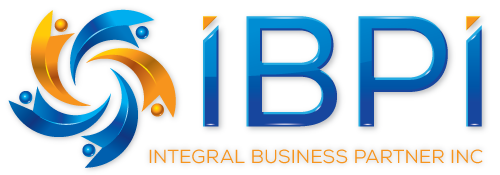Resume fraud is a growing problem for recruitment agencies and their clients. To tackle this issue effectively, a multi-layered fraud detection strategy is essential. This strategy combines various verification methods, advanced technological tools, and best practices to create a strong defense against fraudulent applications. In this article, we’ll explore a comprehensive fraud detection strategy, including background checks, skills assessments, and the use of AI tools, and highlight the benefits for clients.
Layer 1: Thorough Background Checks
1. Employment Verification
- Direct Contact with Previous Employers: Confirm job titles, employment dates, and responsibilities by reaching out to former employers directly. This approach helps avoid fake references that might be provided by the candidate.
- Professional Reference Checks: Talk to the professional references given by the candidate. Ask detailed questions about their work history, performance, and skills, and cross-reference this information with other sources to ensure its accuracy.
2. Educational Verification
- Degree and Certification Verification: Contact educational institutions to verify degrees and certifications. Ensure that these institutions are accredited and legitimate.
- Transcript Requests: Ask candidates for official transcripts to validate their academic achievements and course completions.
3. Criminal Background Checks
- Criminal Record Searches: Conduct thorough criminal background checks to identify any past criminal activity that might affect the candidate’s suitability for the role.
- Compliance with Local Laws: Ensure that all background checks comply with local, state, and federal laws, protecting both the candidate’s rights and the employer’s interests.
Layer 2: Skills Assessments
1. Practical Skills Tests
- Job-Specific Assessments: Use practical skills tests relevant to the job role. For example, coding challenges for software developers, writing tests for content creators, and real-world task simulations for various professions.
- Custom Skills Assessments: Tailor skills assessments to match the specific requirements of the client and the job. These assessments provide a direct measure of the candidate’s abilities, reducing the risk of fraudulent claims.
2. Behavioral Interviews
- Scenario-Based Questions: Include scenario-based questions in interviews to assess how candidates handle real-world situations, verifying their problem-solving skills and experience.
- Competency-Based Interviews: Focus on specific competencies required for the role, asking candidates to provide examples of how they have demonstrated these competencies in previous jobs.
Layer 3: Leveraging Technology
1. AI and Machine Learning Tools
- Anomaly Detection: Use AI-driven tools to spot inconsistencies and anomalies in resumes. These tools analyze patterns and cross-reference candidate information with publicly available data to identify potential discrepancies.
- Automated Background Checks: Employ machine learning models to automate the verification of employment, education, and references, ensuring thorough and efficient background checks.
2. Natural Language Processing (NLP)
- Resume Parsing: Utilize NLP techniques to parse resumes and extract relevant information. This structured data can then be analyzed for inconsistencies and verified against other sources.
- Contextual Analysis: NLP tools can analyze the context and semantics of the information provided in resumes, assessing whether job responsibilities and achievements align with claimed job titles and industries.
Benefits for Clients
1. Improved Quality of Hires
- Accurate Verification: A multi-layered fraud detection strategy ensures candidates possess the necessary qualifications and skills for the job, leading to better job performance and reduced turnover.
- Reduced Risk: Thorough verification processes minimize the risk of hiring fraudulent candidates, protecting clients from financial losses, reputational damage, and potential legal issues.
2. Enhanced Trust
- Demonstrated Diligence: Clients are more likely to trust recruitment agencies that show diligence in verifying candidate information. This enhances the agency’s reputation and strengthens client relationships.
- Better Hiring Outcomes: Clients benefit from higher-quality hires who are genuinely qualified for their roles, leading to improved productivity and overall business performance.
3. Efficiency and Cost Savings
- Automated Processes: Leveraging technology to automate verification processes saves time and resources, allowing recruitment agencies to focus on more strategic tasks.
- Scalability: A multi-layered approach is scalable and can handle large volumes of resumes, making it ideal for agencies and large organizations that receive numerous applications.
Conclusion
Implementing a multi-layered fraud detection strategy is crucial for effectively combating resume fraud. By combining thorough background checks, practical skills assessments, and advanced technological tools, recruitment agencies can protect their clients from the risks associated with fraudulent applications. This comprehensive approach ensures that only genuinely qualified candidates are hired, enhancing the quality of hires and building trust with clients.
In our next article, we will analyze the impact of resume fraud on organizational culture and performance, highlighting real-world examples and strategies to mitigate these effects. Stay tuned for more insights on enhancing your hiring practices and combating resume fraud.

